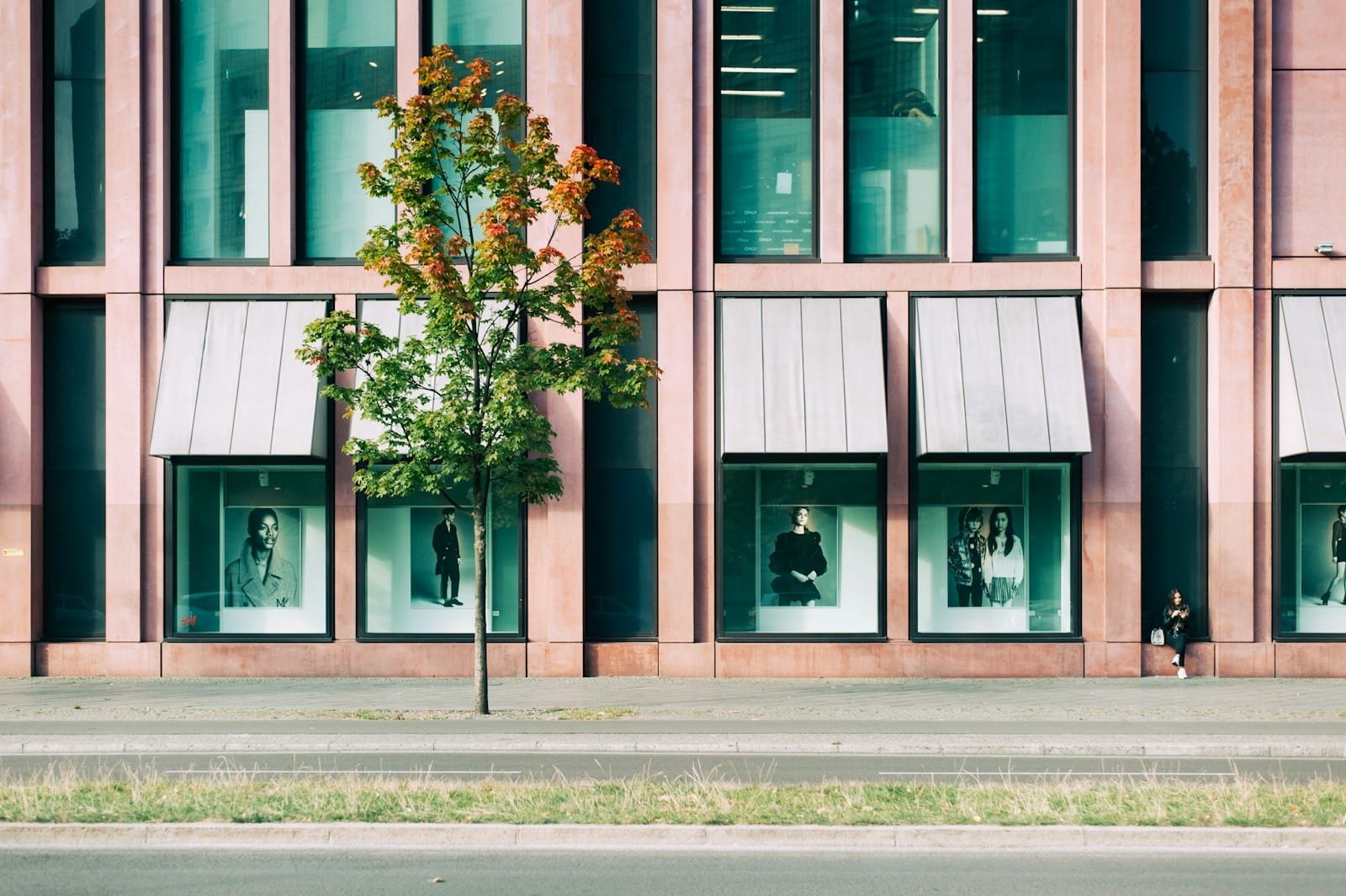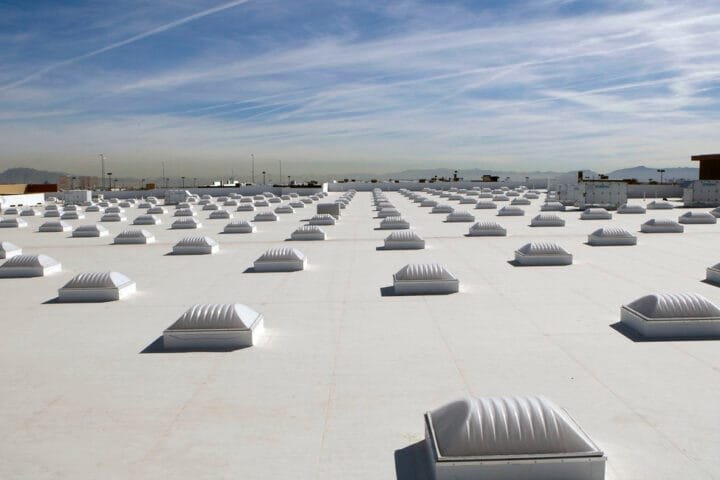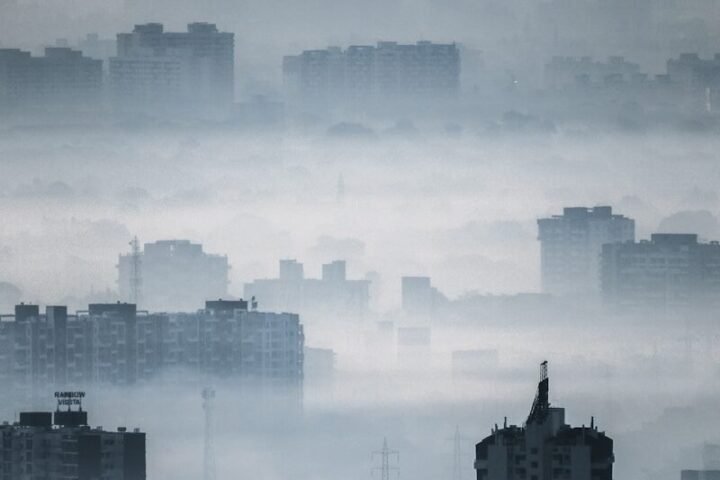Talk of tackling climate change often seems to involve high-tech gadgets—electric cars, giant wind turbines, machines that suck carbon dioxide from the air, and futuristic air conditioners, among other things.
But sometimes, basic things can make the difference between life and death or sickness and health. Things like trees and some white paint.
Just ask scientists in Los Angeles who are studying ways to help keep people cool as the temperature rises. It turns out something as simple as planting more trees and increasing the amount of sunlight reflected from surfaces such as roofs could offer enough relief during a heatwave to cut the number of overheated people seeking help in hospital emergency rooms by as much as 50%. No need for futuristic technology.
“This is a key point,” the researchers write in the International Journal of Biometeorology. “Present strategies exist to greatly improve public health during heat events.”
Heatwaves are among the most obvious and lethal effects of global warming. Cities, with their oceans of heat-absorbing asphalt and fewer trees, are literal hotpots. By one recent estimate, people in cities around the world today are experiencing deadly temperatures three times more than in the 1980s.
The toll is already being felt in LA. When a heatwave strikes there, deaths are estimated to rise 8% above what would normally be expected. Back-to-back extreme days have been linked to a 30% increase in deaths. The Los Angeles Times recently reported that roughly 3,900 Californians died from heat-related problems during heatwaves between 2010 and 2019.
Read the full post at Anthropocene.




